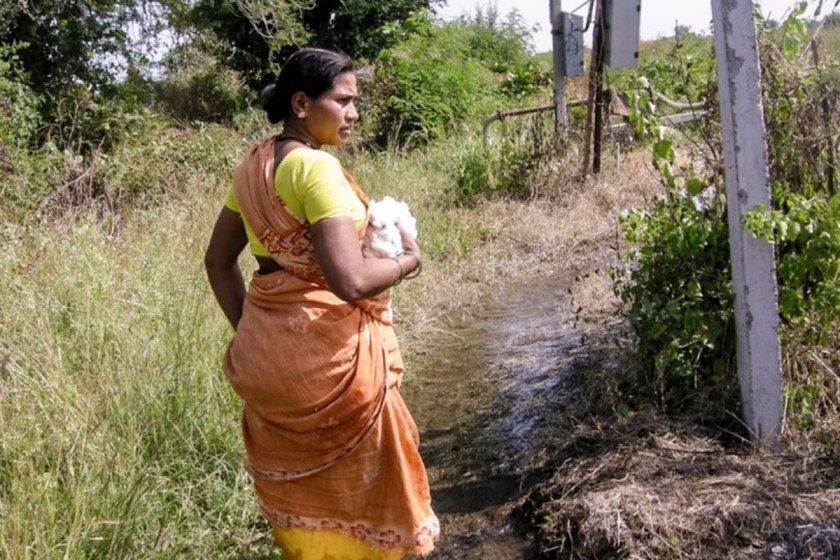- June 21, 2024
Understanding the rural-urban inflation gap

India’s inflation data has shown two ‘divides’ in recent times. The gap between food and core inflation has got most attention. The unanimous opinion is that adequate rain will support agricultural output and cool food inflation, paving the way for rate cuts by the Reserve Bank of India (RBI).
The most puzzling divide, however, is India’s widening rural-urban inflation gap. Consumer price index (CPI) data for May confirmed that high rural inflation is keeping the 4% inflation target elusive. At 4.2% in May, urban inflation was relatively benign, but the rural-urban gap has widened to an average 1.3 percentage points in the last three months. Why is rural inflation high when rural demand is weak?
High rural inflation has deeper roots. The component-wise CPI details show that ‘fuel and light’ can explain a large part of the rural-urban inflation gap. Rural ‘fuel and light’ inflation has averaged 7.5 percentage points above urban inflation in the last three months. In fact, if it matched the urban print, overall inflation would be lower by 30-40 basis points in May, falling below 4.5%.
A difference in energy consumption patterns between rural and urban households holds the key. While urban households depend on electricity and liquified petroleum gas (LPG), the rural energy basket is quite diversified, including unregulated, locally available and low-calorific value fuels such as coal, coke, charcoal, firewood and dung cakes. Inflation has been quite stubborn for these unregulated items.
According to the National Sample Survey, in 2020-21, less than half of all rural households had access to LPG, compared to over 90% in urban areas. Rural LPG penetration has increased since 2021, but it has not translated into a strong rise in LPG consumption. As gas prices shot up on the back of the global energy price shock in 2022, LPG consumption growth weakened in India, reflecting the price sensitivity of demand.
In response to a Right-to-Information query in August 2023, India’s government stated that one in four beneficiaries of the PM Ujjwala Yojana (a scheme for providing clean cooking fuel to rural and poor households) either did not buy any LPG cylinder or took just one refill. Households can take a maximum of 12 refills a year, but that limit is rarely exhausted by rural households.
This is despite two LPG price cuts by the government: ₹200 per cylinder in August 2023 and ₹100 in March 2024. Despite the cuts, it is likely the LPG price shock induced by the global energy price rise in 2022 made it unaffordable for rural households.
This led them to partially revert to cheaper locally available fuels, driving up their prices on the back of surging substitution demand. So, while the LPG price cuts helped lower urban ‘fuel and light’ inflation materially, their impact on rural energy inflation has been underwhelming.
The rural-urban inflation gap is also wide for other retail items such as vegetables, recreation and cereals. A probable reason could be an expanded rural consumer br that is burdening supply chains. It is likely that the large-scale urban-to-rural migration that took place during the pandemic has not reversed yet.
The media has intermittently reported increased labour supply at farms in the pandemic’s aftermath, accompanied by a persistent shortage of unskilled labour in urban centres.
There has been anecdotal evidence of rural labour being reluctant to relocate to cities on account of lower opportunity costs than before. There could be several reasons for this. For instance, a slow recovery in low-end manufacturing. Industrial production data show that sectors such as textiles, garments, tobacco and leather have not yet reclaimed their pre-pandemic output levels, which typically form about 15% of manufacturing. These sectors together employ about onethird of India’s industrial workforce, which has had a large number of migrants.
Other reasons include rising housing costs in cities and the government’s free-food scheme for the poor in rural areas, which has eased the burden on rural household budgets and reduced the incentive to seek higher ‘city wages.’
Although rural-urban migration trends are captured by the population census that takes place once every 10 years, there are other indicators that can offer a picture. For instance, the post-pandemic recovery in railway journeys has been lacklustre. As of September 2023, monthly journeys were lower by almost 100 million from the 700 million pre-pandemic level.
For the year ended 31 March 2024, the number of railway journeys was 20% lower than the pre-covid count. However, the Indian Railways recorded a healthy revenue growth of 7%, reflecting a crowding out of low-value ticket journeys, as tariffs for upper-class railway travel have been hiked. This seems like one among other markers of a weakened steady-state migration dynamic for now.
A persistent post-pandemic contraction in inflation-adjusted rural wage growth also supports the ‘surplus labour’ argument.
High rural inflation beyond the influence of RBI is impeding price stability in India. Balancing a hawkish stance with financial conditions, so that monetary policy does not overly tighten and hurt economic growth, will become increasingly important. For that, liquidity management will remain RBI’s playground. On policy rates of interest, patience will need to be exercised.
Authored by Dhiraj Nim
